
Virgin Australia: Bain Capital to buy for AU$3.5 billion
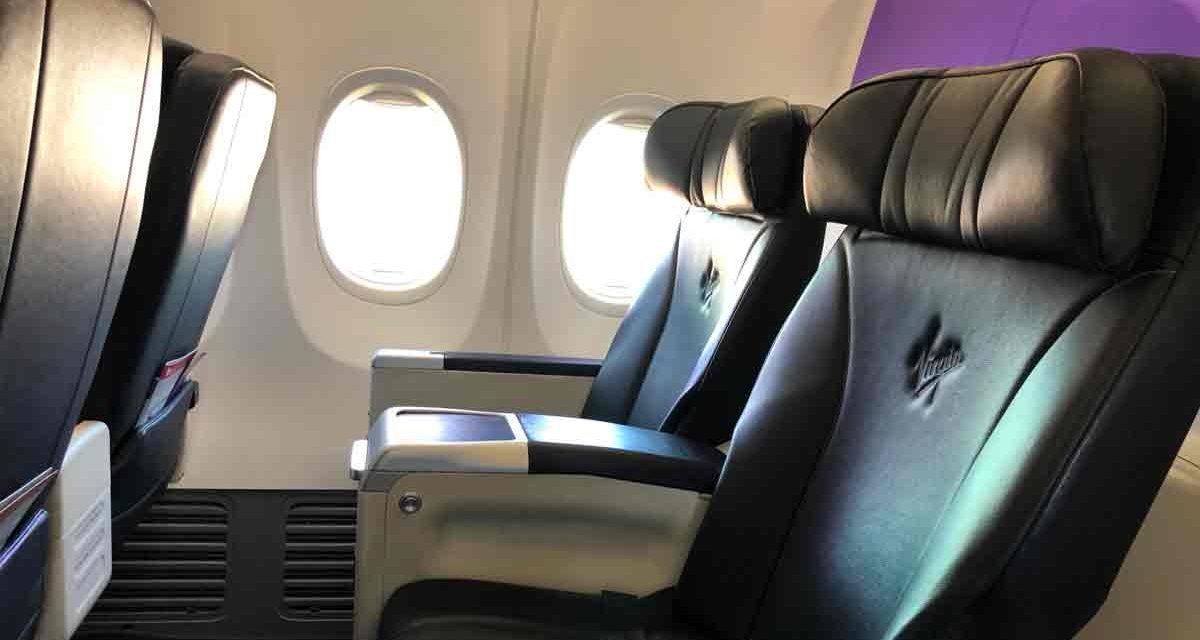
Today we got the details of how much Bain Capital has agreed to pay for Virgin Australia, and how much creditors – most particularly the unsecured bond holders get.
You can find the full communication to creditors here, if you are willing to wade through 192 pages.
The bondholder group, after losing court action in the Federal Court over a week ago, decided to pull their proposal, dropping their bid to get their re-capitalisation bid put before the creditors meeting. So the administrators proposal will be the only proposal on the table at the creditors meeting.
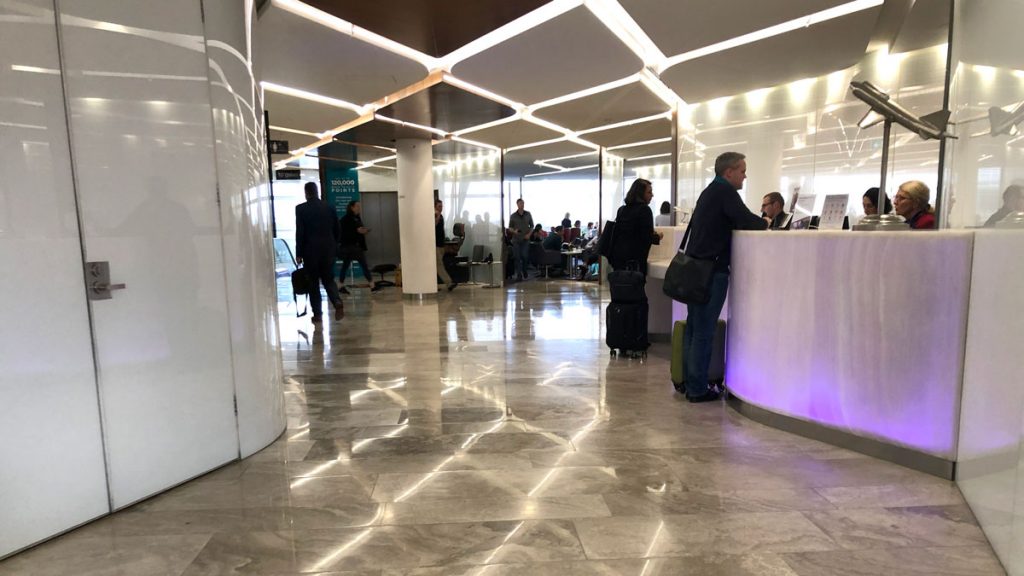
Content of this Post:
Background
Back on 20 April 2020 Vaughan Strawbridge, John Greig, Salvatore Algeri and Richard Hughes, of Deloittes were appointed administrators for Virgin Australia and associated companies. The appointment was ratified on 30 April by a meeting of creditors. The effect on creditors during the administration is that:
Creditors’ claims are put on hold as at the date of the administrators’ appointment and remain so for the duration of the voluntary administration.
The 2nd creditors meeting is scheduled for 4 September, where it will decide to either:
. . . accept a deed of company arrangement (DOCA); return the company to
the directors’ control; or put the company into liquidation.
The report published today contains the information on everything from property, affairs, financial circumstances, and advice from the administrators to help creditors make an informed decision.
Let’s get to the juicy part – how much will the creditors get?
There are three options as outcomes of the creditors meeting. The Administrators support a DOCA or Deed of Company Arrangement, as they see it as providing the best returns, and can be implemented quickly. If that is rejected then the alternatives are an ASA Liquidation or Asset Sale Agreement, which is likely to occur while the companies are in liquidation, with the final alternative being a No Sale liquidation – so where no sale of the companies occurs, but they all go into liquidation.
So how much?
Basically, all worker entitlements get paid, at roughly AU$450 million. Bain are also paying out all the secured creditors, which totals AU$2.3 billion, and unsecured creditors can expect something between AU$462 and AU$612 million. For unsecured creditors that’s between 9 and 13% – waaaaaaaay lower than the bondholders proposal of 67%.
Don’t forget that Virgin went into administration owing about AU$7 billion in April. That means that there is AU$3.5 billion worth of happiness in this deal, there is also about AU$3.5 billion of disappointment – mainly those unsecured bondholders. But then, investing is all about risk!
Here’s a summary breakdown:
Under the DOCA:
- Priority creditors and employees get 100% of their entitlements
- Unsecured creditors (inc. the bondholders get between 9 and 13%, which means a total of between AU$462 and AU$612 million
Under the ASA Liquidation:
- Priority creditors and employees get 100% of their entitlements
- Unsecured creditors (inc. the bondholders get between 7 and 4%, which means a total of between AU$310 and AU$207 million
And finaly under that No Sale Liquidation
- Priority creditors and employees get a maximum of 19.4% of their entitlements
- Unsecured creditors (inc. the bondholders) get a maximum of 1%, which means a total of approx. AU$52 million
Time to get paid
The administrators think that if the Bain DOCA gets approved, then it will take 6 to 9 months for the dividend to get paid.
Under the ASA, of if there is no sale, and the company gets liquidated, then it is going to be much longer at 18 to 36 months.
The recommendation
It will come as no surprise that the Administrators expressly recommend the Bain DOCA (Deed of Company Arrangement):
‘It is our opinion that it is in the creditors’ interests to approve the DOCAs proposed by Bain as this will result in a
Report to Creditors pursuant to section 75-225 of the Insolvency Practice Rules (Corporations)
significantly greater return to creditors than would be achieved if the Companies were wound up.’
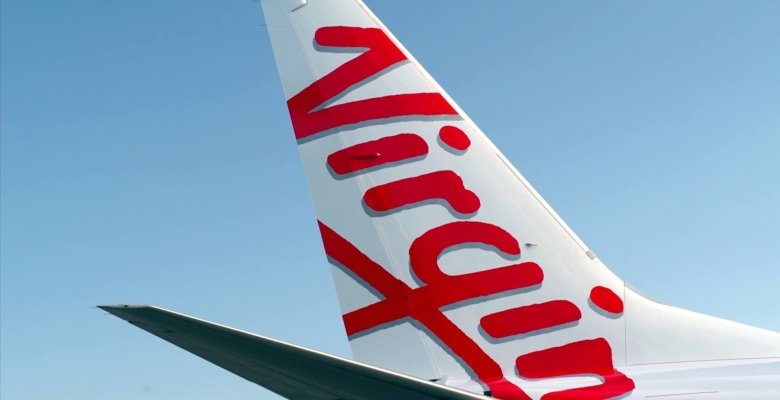
The report dumps on Borghetti strategy
On about page 43 of the report, it gets a bit critical of previous management singling out the following as the reasons for the financial demise of the airline:
Misconceived business strategy to change its business model from a low-cost carrier to a full-service airline. This ultimately resulted in Virgin increasing its capacity on certain routes. Qantas responded by taking action to protect its routes, market share, customer base and ultimately, its business model. Qantas was able to significantly reduce its cost base but Virgin did not have the size and financial strength to sustain this capacity increase without suffering significant losses.
Higher cost base compared to competitors, including Qantas. One of the common measures used in the aviation industry is cost of available seat kilometre (CASK). This is the unit cost, expressed as cents, to operate each seat for every available seat kilometre. Controlling CASK is critical given the aviation industry is subject to high revenue volatility from a range of external factors including local and global economic conditions, exchange rate movements, fuel price movements and competitor pricing.
Network strategy and decisions including the continued operation of loss-making services, routes and business segments.
Operational inefficiencies including high labour costs and the number of different plane types.
History of under-delivering on turnaround strategies.
All true, but strangely cruel when summarised so starkly.
2PAXfly Takeout
This is another timely reminder to wear your seatbelt when seated. Holding you close to your seat will protect you from the sort of injuries sustained on this flight, when unsecured passengers flew to the ceiling of the aircraft, and then came crashing down once the ‘drop’ ceased.
The hope will be that this is an anomaly – a ‘freak accident’ in casual parlance. If it is a systemic error either mechanical or electronic, then this is a larger concern for the airlines that fly Boeing Dreamliner 787 aircraft. Let’s hope it isn’t. If it is, it will pile on the woes to Boeing’s existing stack.
Oh, and if you are holding onto a travel credit from Virgin, then you are in luck. Bain have agreed to honour all customer travel credits for bookings up until the end of July 2022 for travel to the end of June 2023.
I’ve been wading through the report to try and see something explicit about the honouring of Velocity frequent flyer points – but haven’t found anything yet, other than inter-company loans, and an acknowledgement of the importance of running an airline to the loyalty scheme (!)
Other than if you are a bondholder – there is not a lot of downside to this DOCA proposal.
I’m predicting acceptance at the Creditors meeting of 4 September. But on the other hand – that’s 10 days away, and a lot can happen to an airline in 10 days.
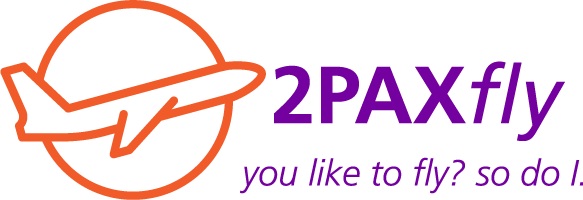

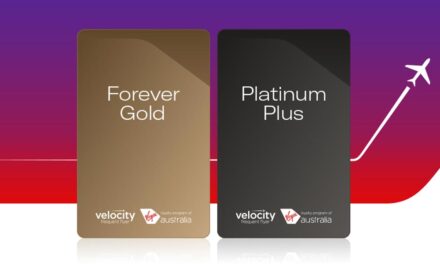

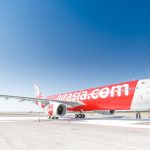
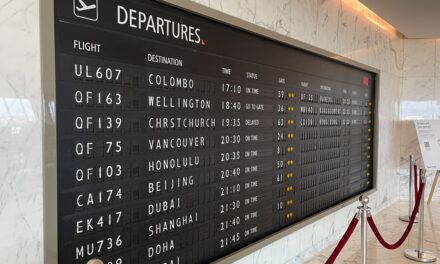
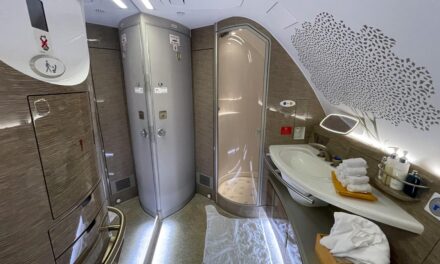

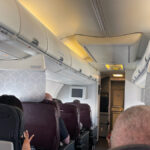




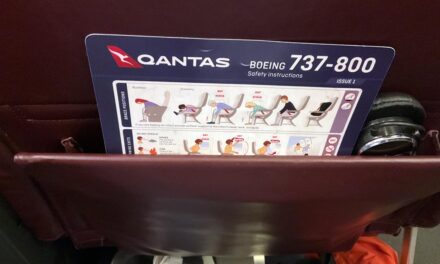
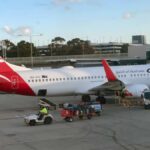


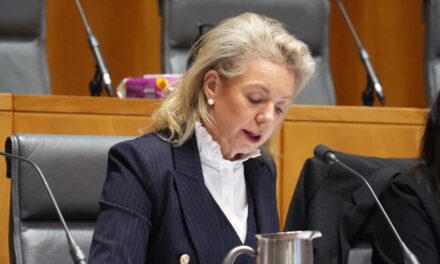





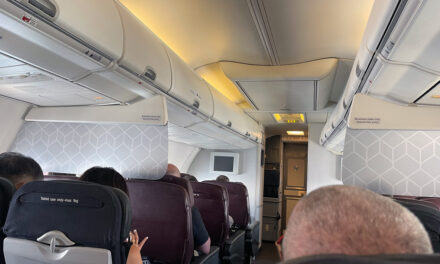



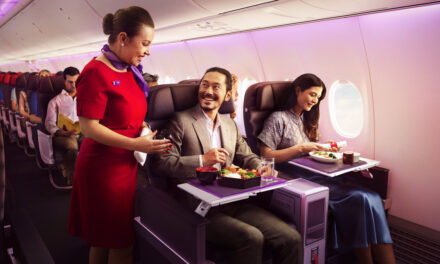
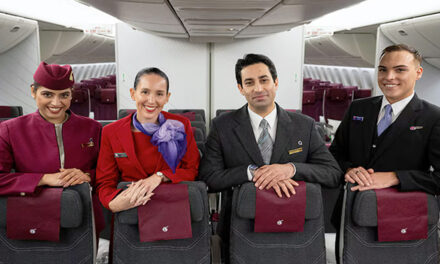





What did you say?